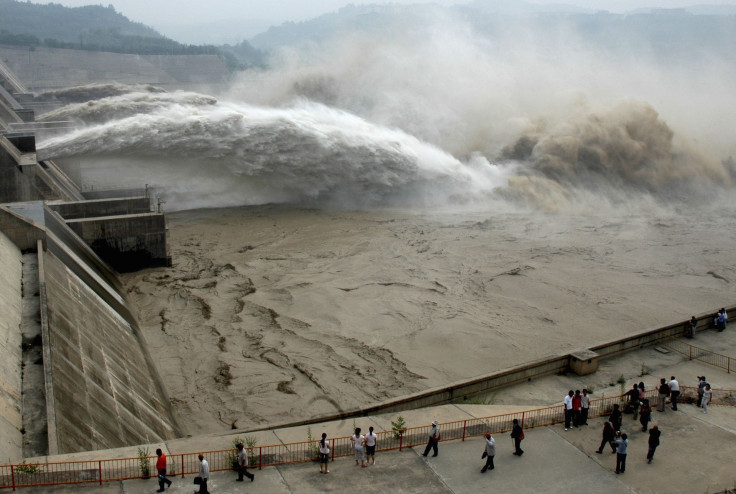For China, Renewable Energy Development From Hydroelectric Projects Comes Before Environment, Citizens

China is firmly committed to increasing its hydropower capacity, and if the environment is damaged or citizens are displaced in the process, the nation's leaders don’t seem too concerned.
"Every year the Chinese increase their hydropower capacity by 15 GW [gigawatts]," said Yves Rannou, the head of the China division at French engineering firm Alstom, a figure the International Hydropower Association confirms for 2012. Some 12 million homes could be powered by 15 GW.
This is more than 10 times the capacity being built elsewhere in the world, the Guardian reported on Tuesday. North America is expanding by 1.9 GW, South America by 1.8 GW, Europe by 0.5 GW, and Africa by 0.3 GW. And China’s rate of expansion has left some nations in the dust in terms of cumulated capacity. France's total hydropower capacity is 25 GW, for example, whereas China has a whopping 241 GW out of the world total of 1,127 GW.
China’s Three Gorges Dam is one of the most well-known hydropower facilities in the world with its impressive array of 32 turbines and an installed capacity of 22,000 MW, but the Chinese aren't stopping with that dam.
The current Chinese administration’s 12th five-year plan aims to boost renewable energy to 15 percent of the nation’s primary energy consumption as it tries to reduce pollution caused by coal, and the challenge depends in large part on hydropower.
Just doubling China’s current hydropower capacity from 190,000 MW to 380,000 MW would bump renewable energy share to 10 percent.
To that end, China has committed to a number of huge hydroelectric facilities, including Xiangjiaba, located on the Jinsha River on the border between the Sichuan and Yunnan provinces, the Guardian reported. Due to be completed next year, the structure will be able to drive eight giant 800 MW turbines, the largest in the world.
But it costs more to build a facility of that size than just paying for the 14 billion cubic meters (494 billion cubic feet) of concrete that have already been poured. More than 100,000 people had to be moved to make way for Xiangjiaba, not to mention the environmental costs in climate disruption, landslides and loss of habitat that the dam will cause.
Aside from Xiangjiaba, which will provide a total of 6.4 GW, China has three more dams in the pipeline. Baihetan, slated for completion in 2019, will provide 13.1 GW and become the third-largest dam in China and the fourth-largest in the world. Wudongde, also on the Jinsha River, will provide 8.7 GW and is scheduled to be completed in 2015. Xiluodu, on the Yangtze River, will provide 14 GW when completed, according to a report from Renewable Energy Focus USA.
© Copyright IBTimes 2024. All rights reserved.




















